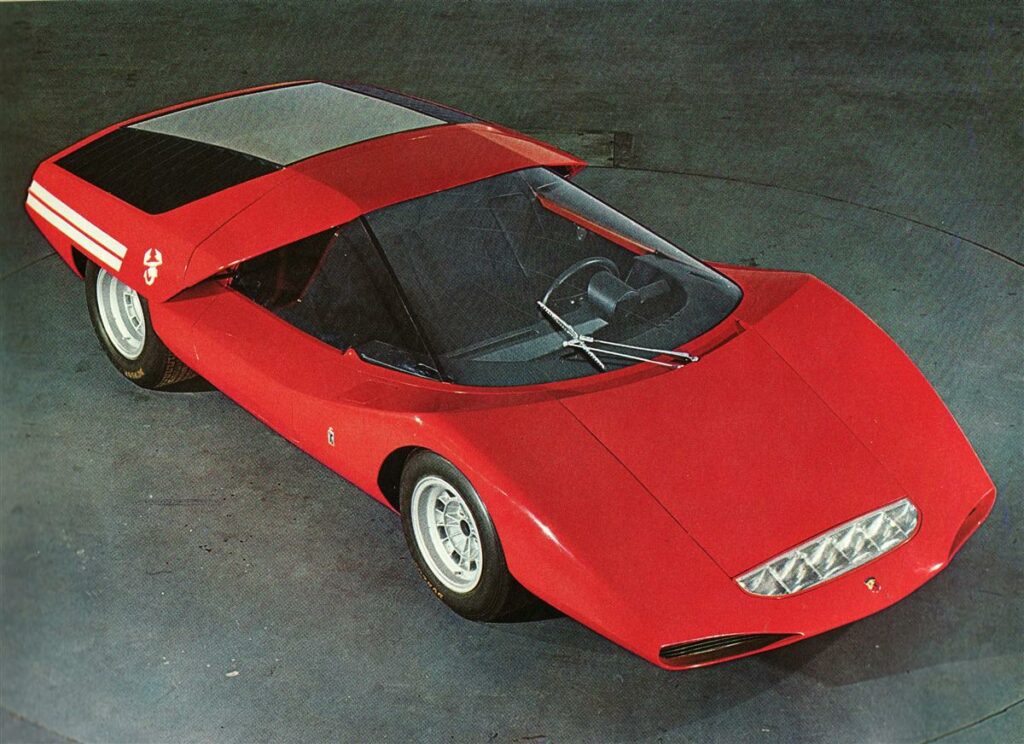
The origin
Filippo Sapino was an Italian designer who started his professional career at Ghia in 1963. We know him as the designing director of Ghia, but it was not before 1973, 2 years after Ghia was acquired by Ford. In 1967 he joined Pininfarina, where he was responsible for some projects during his 2-year cooperation including Ferrari 350 GTC. But back in the late 60s, auto-shows welcomed some astonishing models with peculiar Wedge-Type bodies, featuring sharp lines as the top trend being experimented on concepts, introduced by Gandini with Alfa Carabo. There are a few of those concepts the automotive history still doesn’t seem willing to forget at all, the Abarth 2000 Scorpione included.
In January 1969, the Brussels Motor Show was adorned with a wedge body concept called Abarth 2000 Scorpione designed by Sapino and built on an Abarth 2000 Sport Spider SE chassis by Pininfarina. Sapino used the general outlines of this style on another concept by Pininfarina, Ferrari 512-S Berlinetta Speciale, exhibited later that year at the Turin Motor Show.
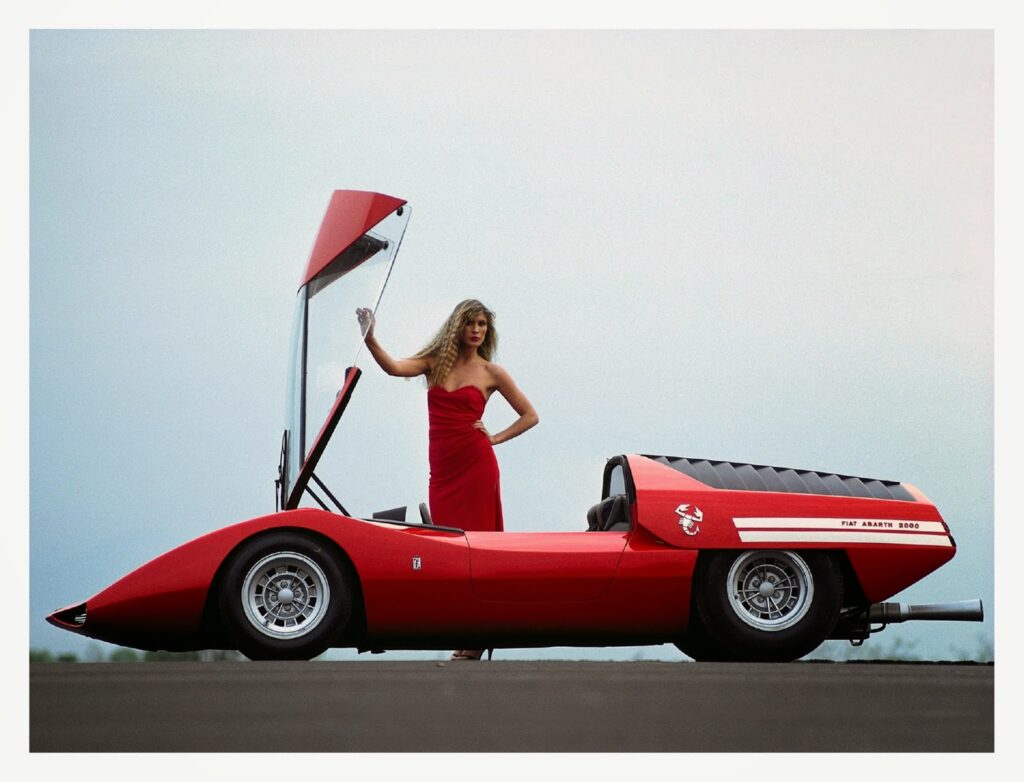
What people saw was a ready-to-be-launched rocket, aberrantly styled with a sharp nose having no space for common headlights, a canopy type one-piece cockpit roof and an open tail exposing a naked engine also visible from the glass cover on top. The large pillarless one-piece roof, windshield, side window, tilted forward to let the driver in and what could be seen inside was a simple interior with a minimalistic dashboard. A massive trumpet stuck out of the engine bay roaring loudly gave a shout-out to the beating heart of the car, you would expect it to be a V-12 or V-8 at least.
Japanese architect and Abarth collector, Shiro Kosaka, askes Pininfarina to sell him the one-off. After consultation with Fiat, they agree to grant his wish if he agrees to open an Abarth museum. It’s believed the car was sold to him in 1977, but was not displayed until the museum was inaugurated in 1992, near Yamanaka Lake in Japan. The Scorpion had a trip back to Europe once again to take part at the 2014 Concorso d’Eleganza Villa d’Este, where she could draw everyone’s attention just like 45 years before.
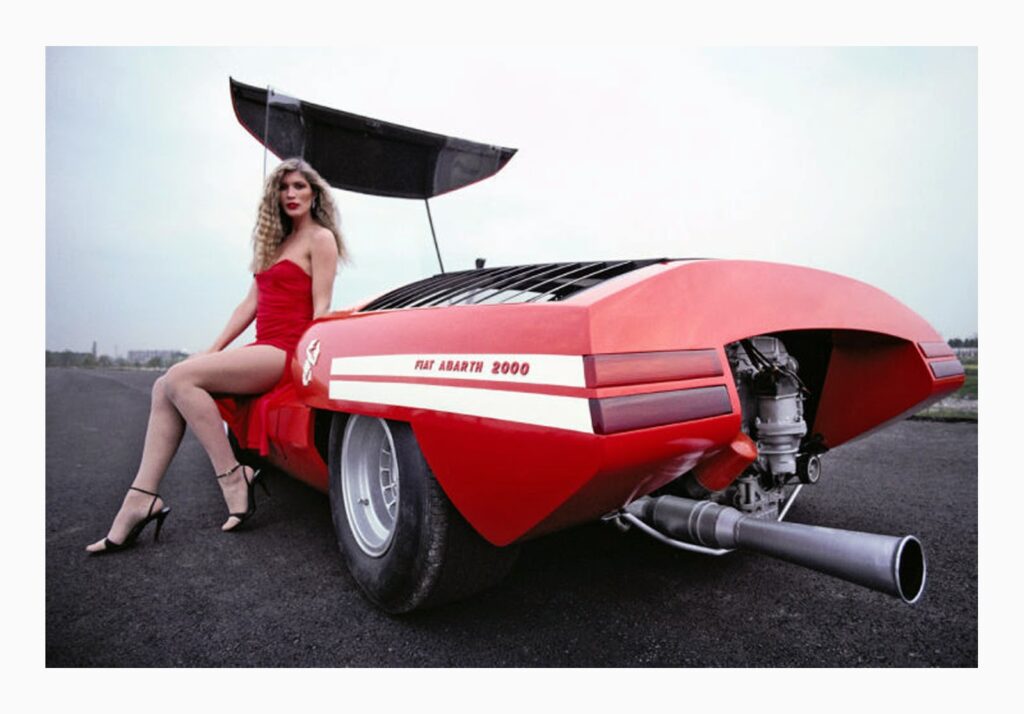
Technical specifications
Abarth 2000 Sport SE was a successful race prototype in late 60s, with a rear engine layout based on a modified multi-tubular space-frame chassis of the 2000 Sport Spider SE010, developed by Mario Colucci, on which the Scorpione was built.
This one-off concept used a detuned Fiat/Abarth Tipo 236 Straight-4 race engine, mounted behind the rear axle following the Abarth tradition, with an over-square bore/stroke ratio of 88/80mm, a reduced compression ratio of 10.5:1 from 11.5:1 and a total displacement of 1946cc. Using dry-sump lubrication, double ignition, DOHC valvetrain with 4valves/cyl, and fed by 2 Weber 45 DCOE carburetors instead of 58 DCOs, the detuned engine was able to produce less power of 220 hp, but at a lower 7600 rpm, not 8700, which was delivered to the rear wheels through a 5-speed manual transmission and could propel the super-light 670 Kg car to a claimed top speed of around 280 Km/h. The car had disk brakes on all 4-wheels and for both front and rear suspension it used trailing arms with coil springs over hydraulic dampers plus anti-roll bar.

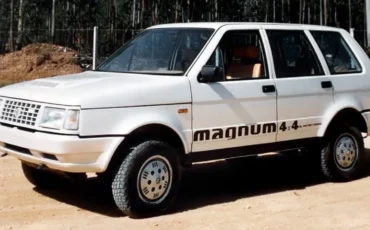
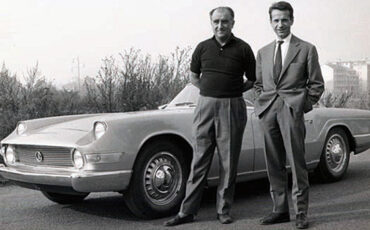
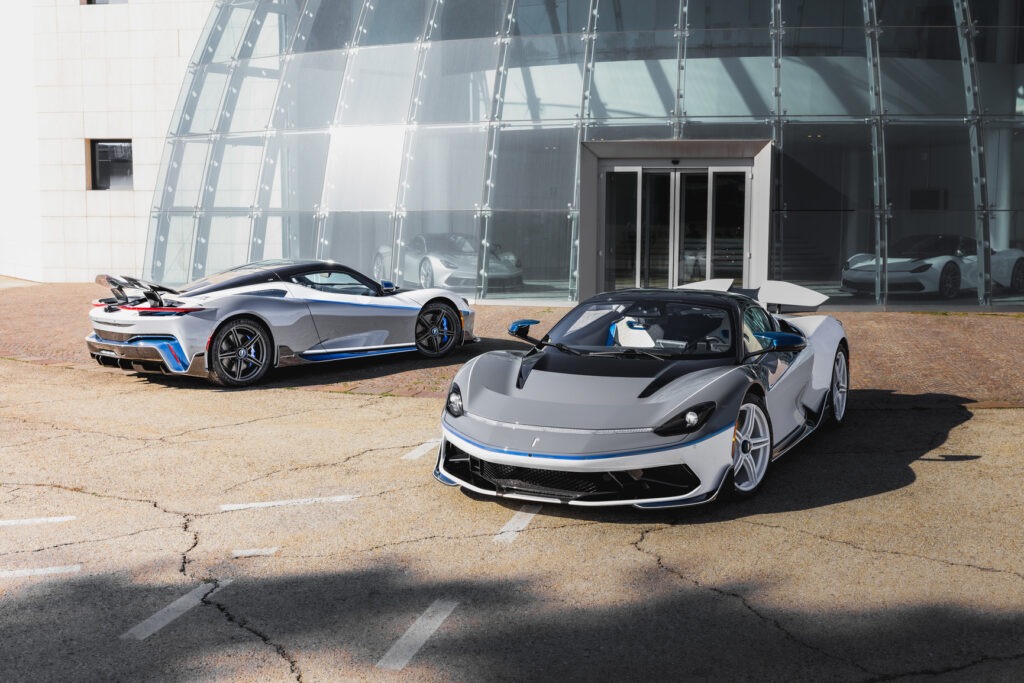
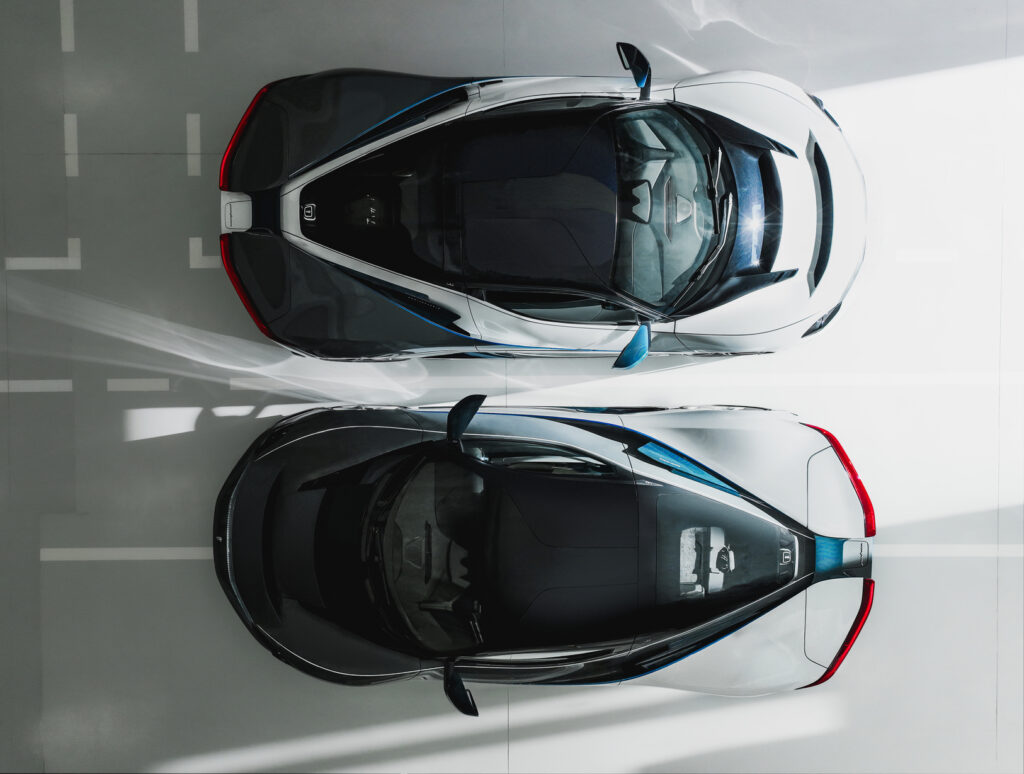
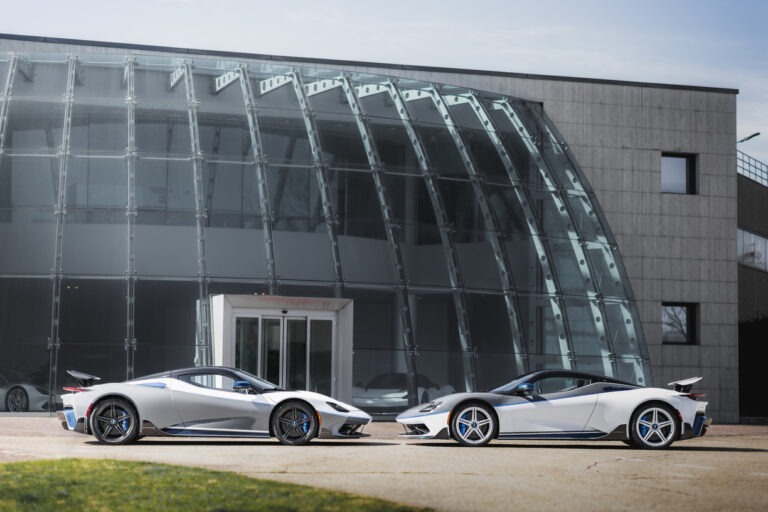
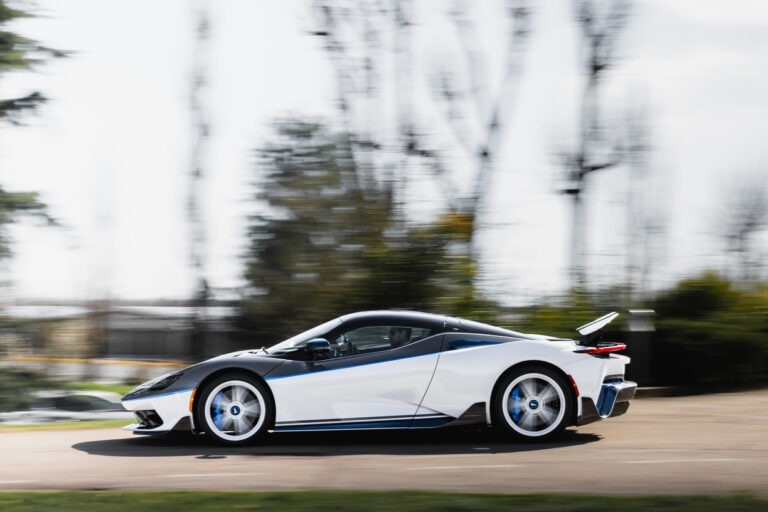
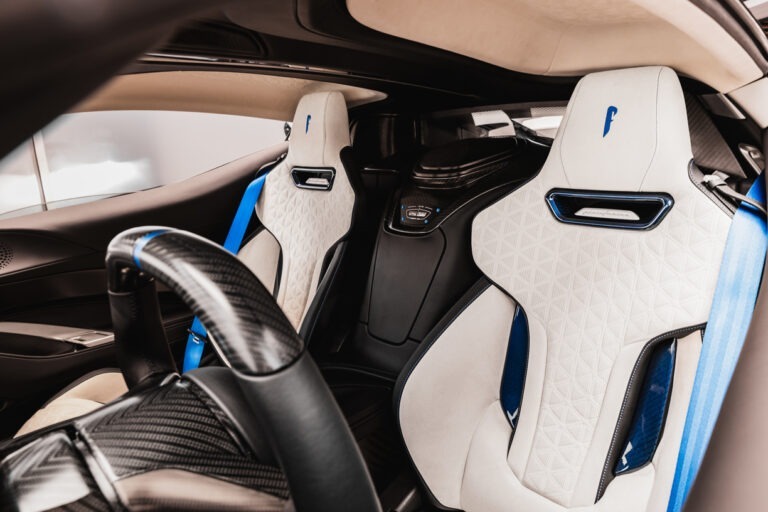
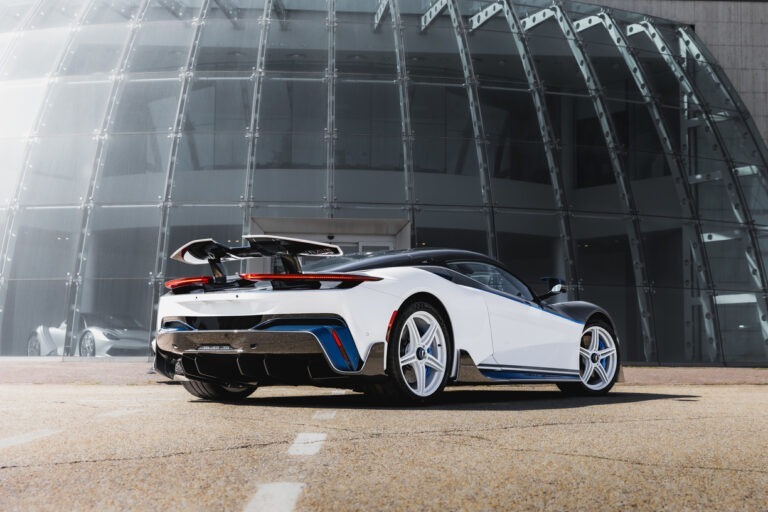
Pinin Farina, al contrario di Bertone, pur provandoci non ha mai osato in modo esagerato. Questo modello ne è l’esempio: linea a cuneo ma morbido nella vista laterale.
Non è per niente vero che Pininfarina non ha mai osato, basta pensare alla Ferrari Modulo. La direzione ha dato massima libertà a Paolo Martin.
Quando Gandini fece scuola…